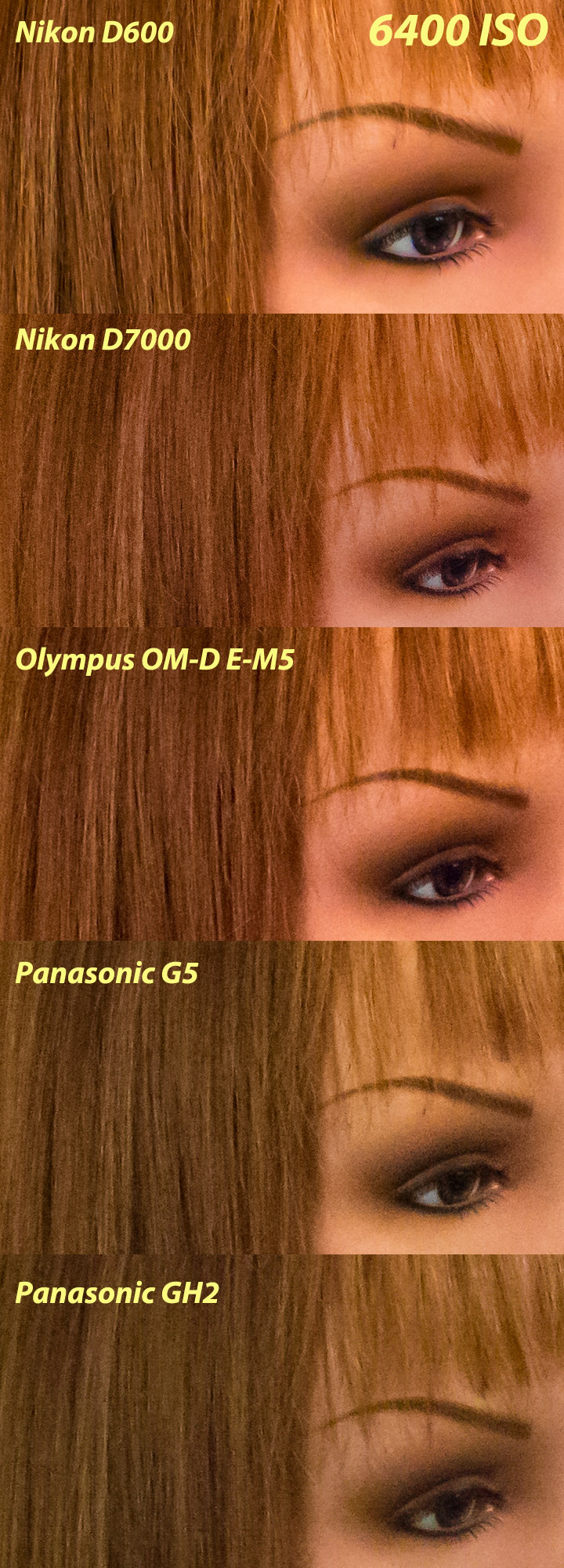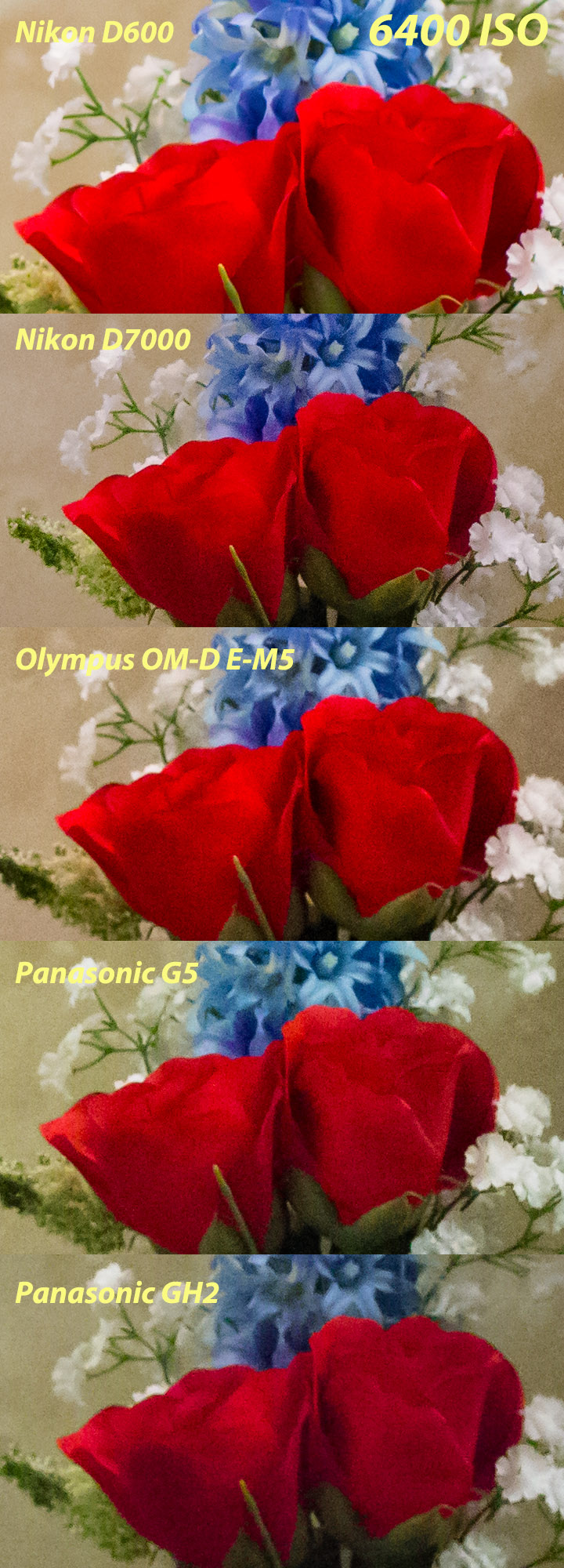Ok, even I know that this is a mostly pointless test. But what the heck … everyone seems to enjoy reading about crazy high ISO and some people actually spend a lot of time shooting way up there.
My last post – high ISO shootout at 3200 ISO between the defender, the contender and the pretender -- generated a spectacularly unpleasant response from some quarters. Not sure why, but the usual anality came out in some people … mostly along the lines of “you can’t use images that were not shot with the same lens” yada yada yada …
Well, I can and I will. Because all the biggest test sites do exactly that. Anyway, my method is also misunderstood (and how.) Some people feel that you have to compare only the factory settings, which to me is utter hogwash. Some feel that you should compare JPEGs, that RAW is somehow cheating because I get to tweak to my heart’s content. Again, hogwash,
My method is very clear: I process each image to match as best I can in color and tone, and I process each to get the best balance of noise (grain) and detail. That’s it, that’s all. When I am done, each images is as good as I know how to get it. Others might be able to do slightly better, but I doubt that these images can be taken much further in Lightroom. So this is how it stands.
Now … for the great 6400 ISO battle, I thought I would choose a full frame camera – D600, an APS-C camera – D7000, and three interesting m4/3 cameras … the long time video and IQ champion GH2, the new IQ champion OM-D E-M5 and the less expensive G5 that uses a modern variation of the GH2 sensor.
As always, it is very important to realize that most people display their images as web images or small prints. By small I mean 8x10 or less. And even though you can see real IQ differences in 8x10 prints, people are pretty forgiving when they are that small. So here is what that looks like. I will choose the obvious king (D600) and the oldest (GH2) to lead off so you can see how close the best and the worst would look at web sizes. I.e. if you were not told which was which, you might not even think they were from such different sensor classes and generations.
All originals copyright © imaging-resource.com … I claim the fair use doctrine for education purposes.
D600
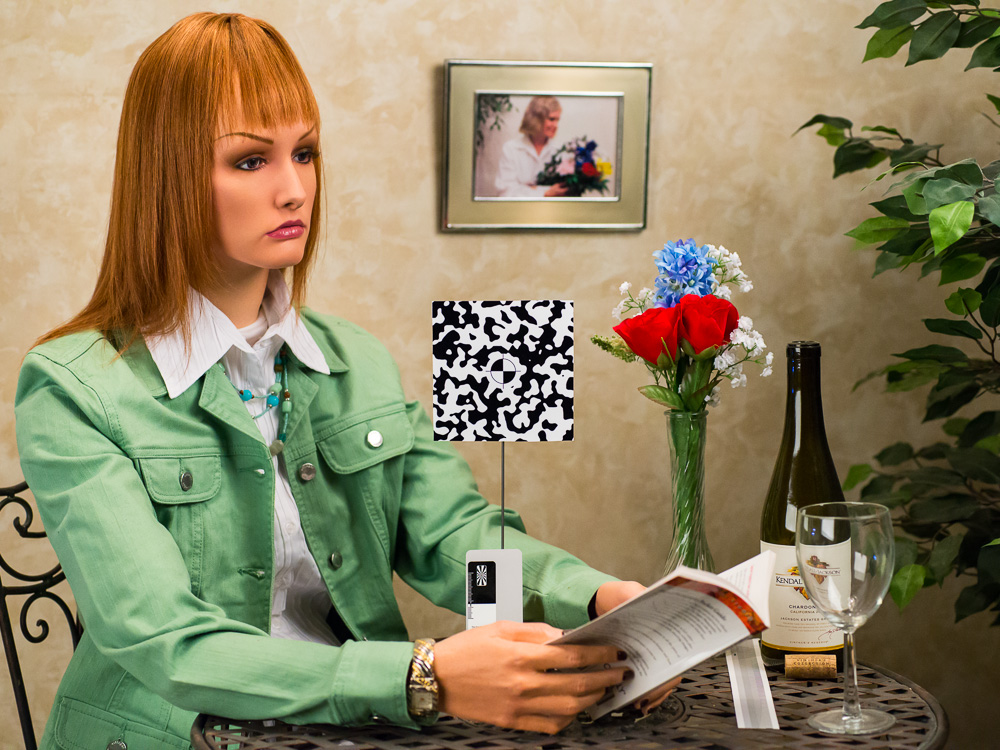 Nikon D600 6400iso f/4 1/200
Nikon D600 6400iso f/4 1/200
GH2
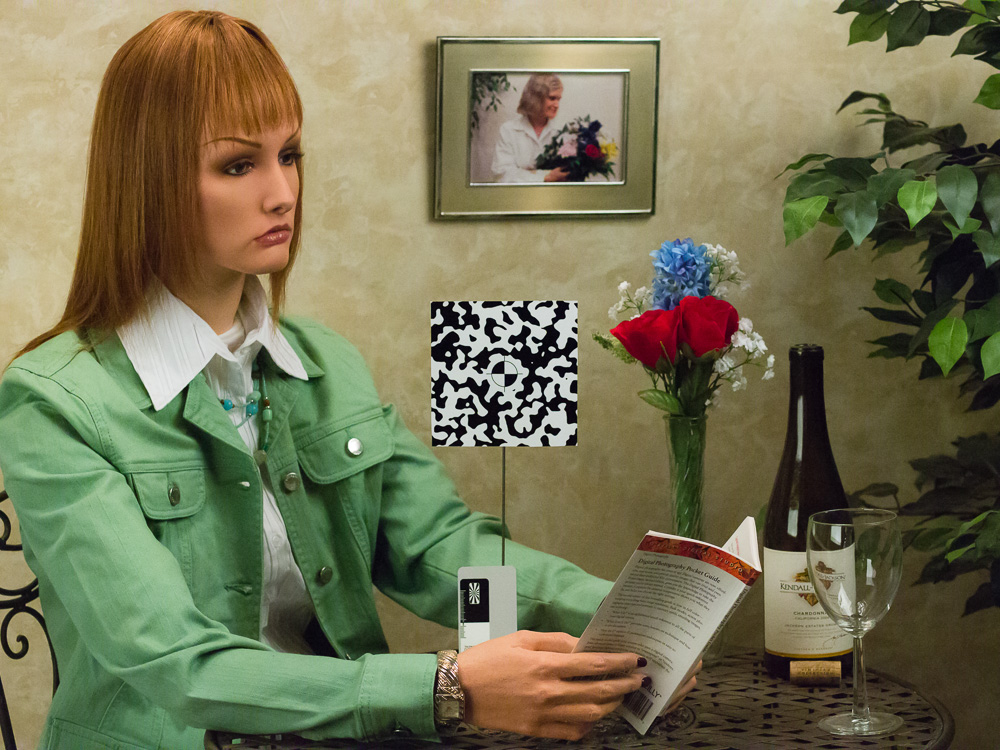
Panasonic GH2 6400iso f/4 1/200
Ok, before we go on … how much difference can you see at this size? The D600 has brighter reds for sure, and perhaps slightly more open tones. Some of these tendencies cannot easily be equalized so I don’t really try. The D600 is much easier to process to a good looking image, but I spent less than two minutes on the GH2, so it is not that difficult. And this is 64 hundred fricken ISO :-)
D7000

nikon d7000 6400iso f/4 1/250
The D7000 chose a slightly lower exposure and it shows. The grain was surprisingly strong.
OM-D E-M5
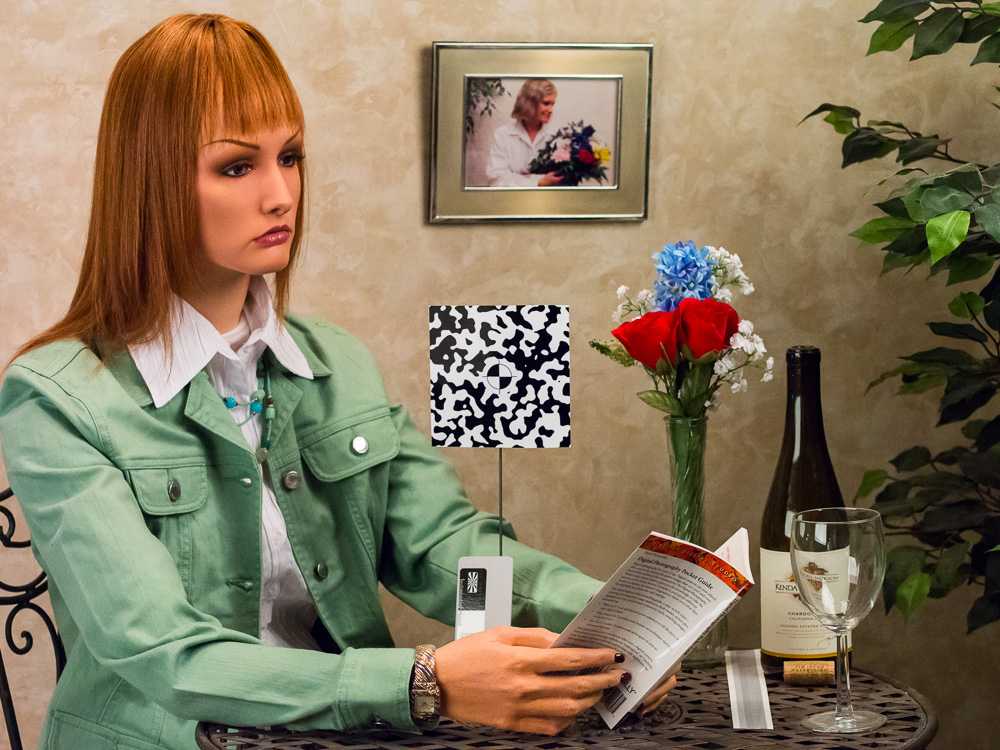
Olympus OM-D E-M5 6400iso f/4 1/160
The image is excellent. Easily half a stop better than the GH2, and probably slightly more. But it is also getting more light. Hmmm …..
G5
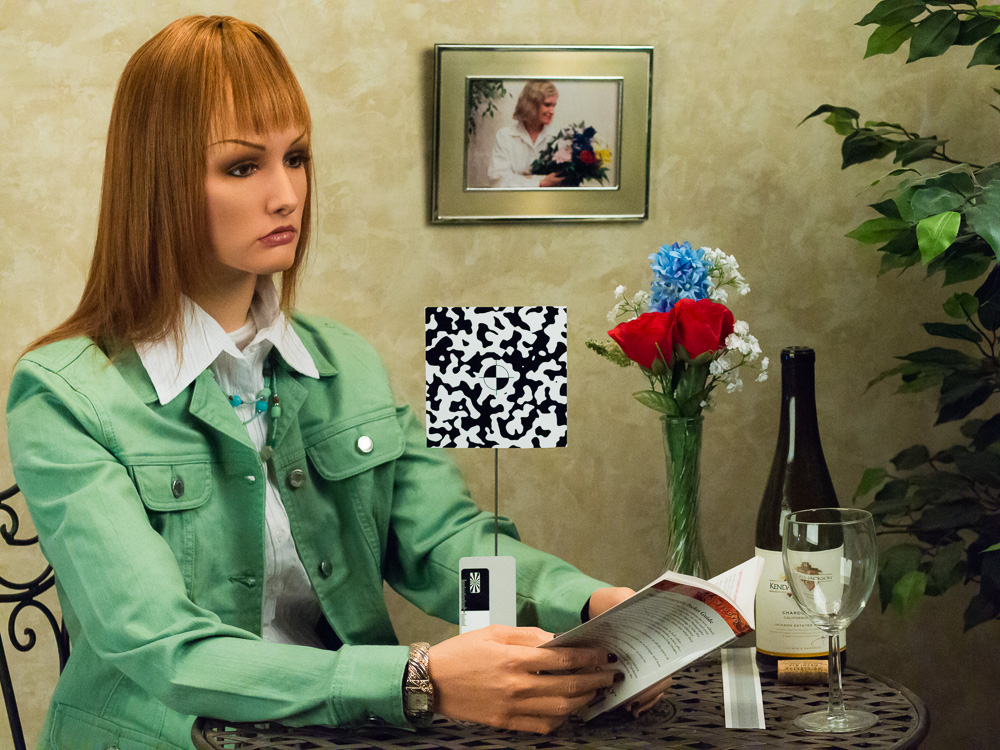
Panasonic g5 6400iso f/4 1/160
Another very nice image, and another 1/160 shutter speed. So clearly adding light gave them an advantage over the GH2, which metered identically to the D600, a professional full frame camera. Hmmm … anyway, the D7000 loses about 5/8 stops of light to the G5 and OM-D, which explains to some extent the lack of a wider gulf. I wish that DPReview and other sites would control this aspect of their testing better. But, let’s call it close enough for now.
So … on both of my monitors, the Dell IPS panel hardware calibrated, and the TN panel, these images all look pretty similar. The tonality is more similar than different, the saturation levels are somewhat different in the reds, but the overall impression of detail in the hair and on the back of the book are quite similar. At these sizes, you really have all the horse power you need at 6400 ISO with any of these cameras. Assuming you process RAW images in Lightroom of course.
Now let’s make the measurebators happy, including me
The now-ubiquitous hair and eye crop comes first. I put them in order by predicted image quality and I must say that things tracked about perfectly. Note that the GH2 is two year old technology and is expected to fall off a cliff at this point in the ISO scale. Yet it clings by its finger-nails in a pretty impressive performance for its time.
Crop 1
My Analysis
- The D600 is in a class of its own. Miles above the others. No surprise there of course, but the distance from APS-C surprised me. The D7000 is an older generation though, so I expect to see a closer battle when its replacement comes out. And no, I don’t think the 24mp sensor in the D3200 and the D5200 is much better. I checked and they are also far below the D800 and D600.
- The OM-D is very clean. There is more subtle clumping in the hair than in the APS-C hair, which makes sense as this is the one thing that reliably tracks sensor size. There is only so much you can do to avoid noise reduction artifacts as sensor size shrinks. The D7000 has more separation in the eye lashes as well, but otherwise the OM-D has pretty much caught up. Again, D7000 will be leaping ahead a bit I think.
- The G5 is the big surprise. There is very little separation to the OM-D. I call it 1/6 stops if there is any at all. This is not a surprise to me, as the 3200 ISO post I did the other day showed similar performance. Very nice for a very inexpensive body (that is also a joy to shoot.)
- The GH2 brings up the rear, but still puts in a decent performance for its age. This is 6400 ISO … two years ago this was the stratosphere where only the D3 and the D700 could play. The biggest problem here is that I have problems pulling microcontrast from this sensor. I chose not to “cheat” and allow some time in photoshop itself with plugins like Topaz Denoise, so you can call this the baseline. I could do better with more time, but against the other sensors, there is a time price to be paid. Still, if you have to shoot at 6400, you might get away with it if you are displaying on the web or small prints.
So … I could shoot all five at this ISO. The D600 would be a breeze … but the next three would be comfortable too. Only the last would have my stomach in knots knowing I had to process the results :-)
Crop 2
Normally I stop at the hair crop because it encompasses such a plethora of high and low control details. But for more completeness, let’s look at a couple of other crops. This one is on the book and bottle to see how it handles the shadow areas in between and how edges look.
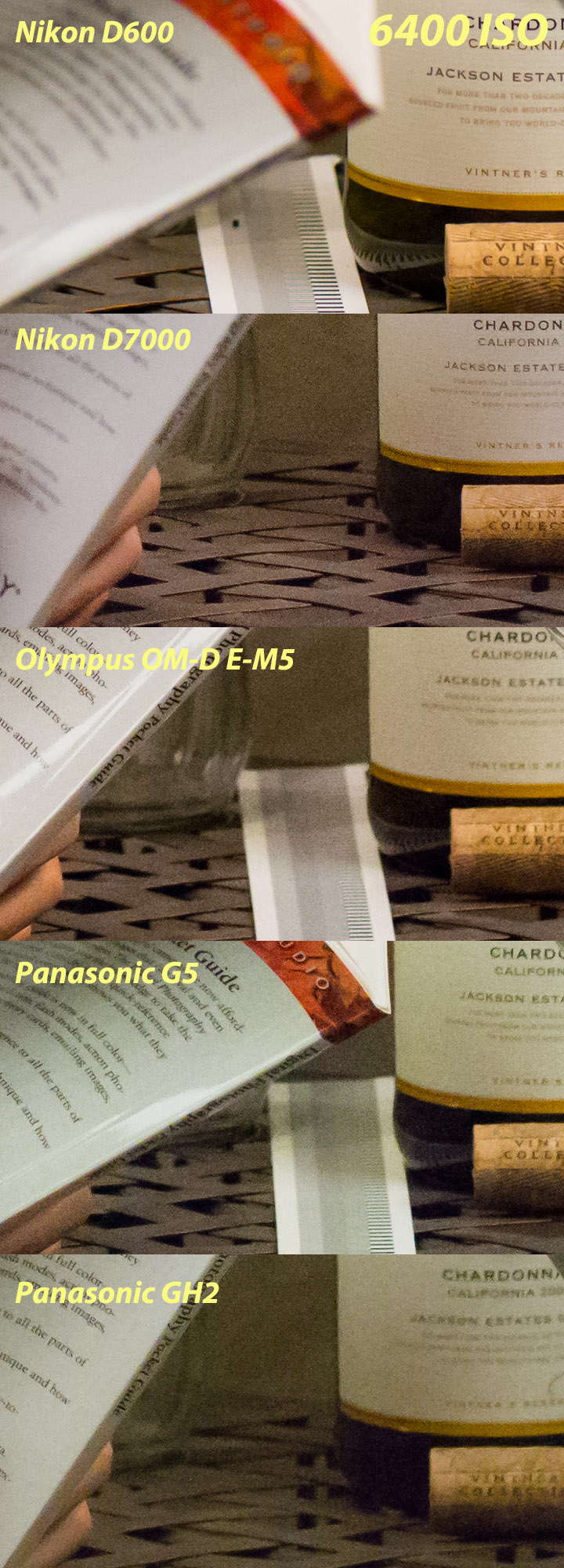
My Analysis
- Wow … could the D600 look any cleaner? Well, yes, but it’s very clean. Note that the depth of field is dramatically different, so we don’t expect crisp text on the book. The label and cork are simply magnificent.
- The D7000 concerns me because of the level of grain on the back wall of the D7000 image. Kind of nasty, despite my attempts to balance it against detail. Perhaps I fell a little too far on the detail side. Anyway, the label and cork are nice and clear so the edges are being maintained at this sensor size.
- The OM-D looks beautiful on the back of the book. The label and cork look pretty good, although the top section of the pattern is smudged away. The letters on the cork are also suffering edge degradation, which I noted also in the last comparison at 3200 ISO. Minor flaw but hard to explain.
- The G5 looks a lot like the OM-D. The cork is similar with nicer edges on the letters. The part of the bottle in deep shadow looks a little better on the OM-D.
- And the GH2 is a little mushy all over. Yet the text is very readable on the book. But all in all it shows its age in shadows. Still, pretty acceptable for 6400 iso. I would shoot the G5 for low light if I needed this ISO (I own both.)
Crop 3
Here I thought it might be interesting to see how the saturation and color detail fares at 6400.
My Analysis
- Again, the D600 is gorgeous. No faults to care about.
- The D7000 looks a little rough. It is strangely sharp, leading me to think that focus has been placed slightly differently. But what bothers me again is the grain on the green leaf. Perhaps I went too far on the sharpening, but it is indicative of how close this camera is to the m4/3 crowd that it cannot dominate with ease.
- The OM-D is a little richer in saturation than the G5 but they are otherwise very similar.
- The GH2 is again showing its age a bit. Not as much saturation and edge details a bit mushier. Still, as I have mentioned a few times, this is not awful. It looks good at normal print sizes.
Conclusion
Sensor size matters. At least when you go full frame. APS-C has not stayed ahead of m4/3 but I expect to see at least some distance again once the D7000 replacement ships. The modern m4/3 are pretty close at 6400 ISO but the GH2 is showing its age. It makes a decent web image for sure, but it would be hard pressed to produce a large print at this ISO.
Of course, if you regularly shoot at 6400 ISO then I think you need your head read if you shoot anything but the D600. It’s relatively cheap and the output is stunning at this ISO. Don’t waste your time trying to make the m4/3 crowd behave. They are credible for the odd shot, but not as a way of life.
Hopefully, some of you got a kick out of seeing what these sensors can do in this rarified air. I always do, which is why I post such comparisons so often. I like to see how the state of the art is shifting and this is one easy way to keep the finger on the pulse.
